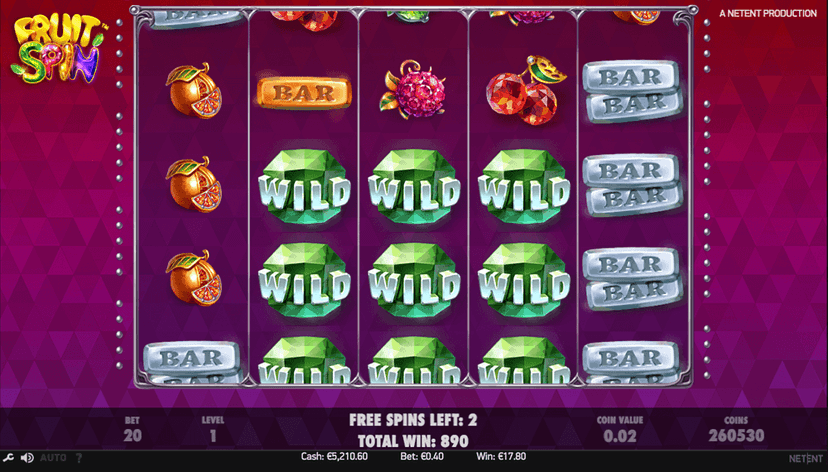How to Analyse Slots Volatility Using Game Data

Written by
Andrew SuttonPublished: 13 February 2025
Updated: 24 April 2025
Share this article:

Written by
Andrew SuttonPublished: 13 February 2025
Updated: 24 April 2025
Share this article:

April 4, 2025